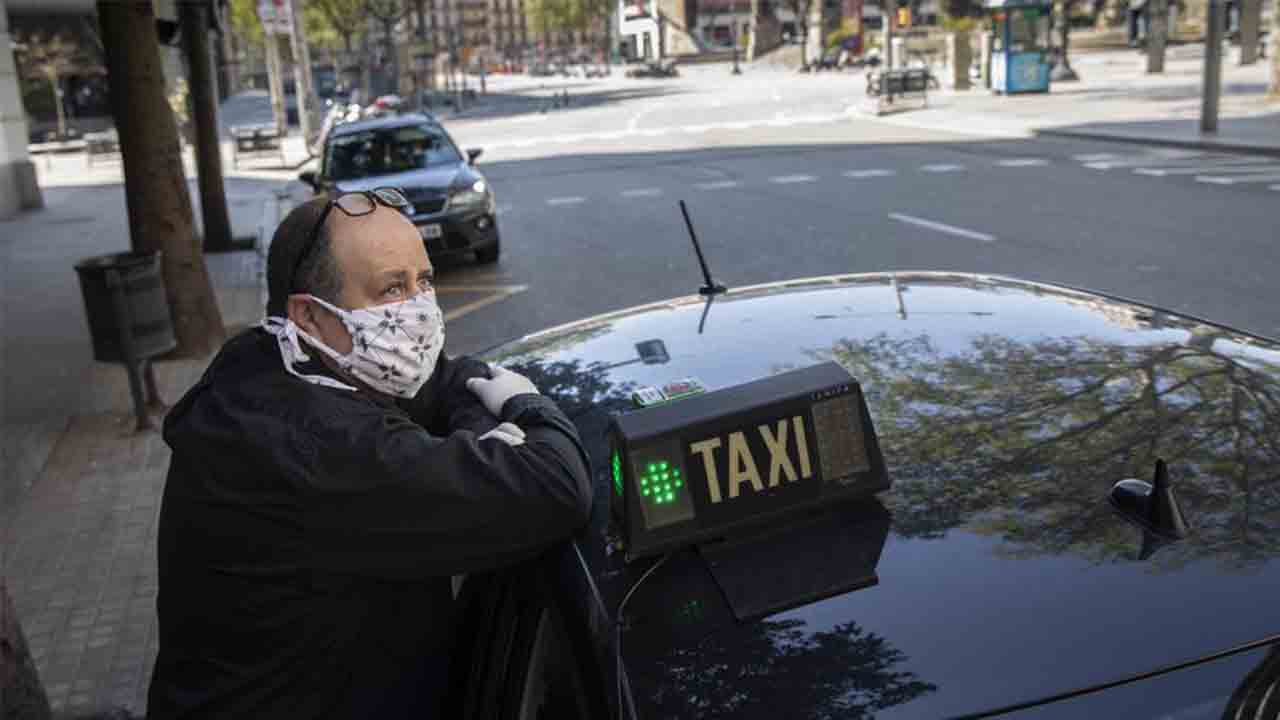Barcelona taxi drivers get 60% of the fleet
After tough negotiations between representatives of the taxi sector in Barcelona and the Metropolitan Taxi Institute, today they have achieved that the fleet to work every day on the streets of Barcelona, remains at 60%.
In the metropolitan area of Barcelona there are a total of 10,520 taxi licenses, discounting 20% that have weekly rest, the total fleet to work on weekdays is approximately 8,000 vehicles.
At present, and due to the state of alarm, the Metropolitan Taxi Institute (dependent on the AMB), regulated the fleet in principle at 30%, to later modify the rule leaving it at 40%, that is, 4,000 vehicles.
Due to the exceptional confinement situation, the sector has suffered a drop in turnover of up to 90%, which means that of the 4,000 vehicles that are currently working in Barcelona, there are more than half.
The lack of customers due to the absence of events and the restriction of the opening of shops, made it unfeasible for taxi users to use the service.
Post-emergency regulation
The Metropolitan Taxi Institute informed the sector associations that it was not possible to modify the regulation once the so-called “new normal” was entered, so the intention was to return to the usual state of regulation, that is, 8,000 taxis in the streets running empty.
Today the IMET has taken a step back and a first agreement of 60% has been reached. “Perhaps it is not ideal, since a rise in users is not expected according to 6,000 vehicles, but it is a figure that at least will make taxi drivers go home with some billing,” said Sergio, a taxi driver from AMB.
It will return to normal gradually
According to the agreement, to which Todo Taxi has had access, the regulation of the fleet to 60% will last in principle two weeks, to later be adjusted to 70%, with which the taxi drivers «hope that, from then on, it will be activated a little more the economy ».
It is not yet clear when the activity in the Catalan capital will return to a possible normality, since as of today, entering phase 3, it is the Generalitat de Catalunya who has the capacity to regulate.
In this context, Catalonia will only be in phase 3 for hours and today will give way to the “new normal”, since it will sign a decree to set the rules that will govern from now on, once the de-escalation is finished.
When the economy will kick in
The nightlife bars and discos will now be able to open with 30% occupancy, but without using the dance floors. Bars and restaurants may fill interior spaces up to 50%.
As for theaters, cinemas and auditoriums, they can open with a maximum of 50% of the capacity and with pre-assigned seats. Museums may admit groups of up to 20 people, and libraries can accommodate up to 50% of the capacity.
In cars, whether taxis or private vehicles, a maximum of two people per row can travel. But if those who use the car live at the same address, they can occupy all the available places.
Regarding flight arrivals at Barcelona Josep Tarradellas Airport, Aena has reported that, throughout the month of July, Terminal T2 will remain closed and all flights will be diverted to Terminal 1.
Barcelona taxi drivers get 60% of the fleet



